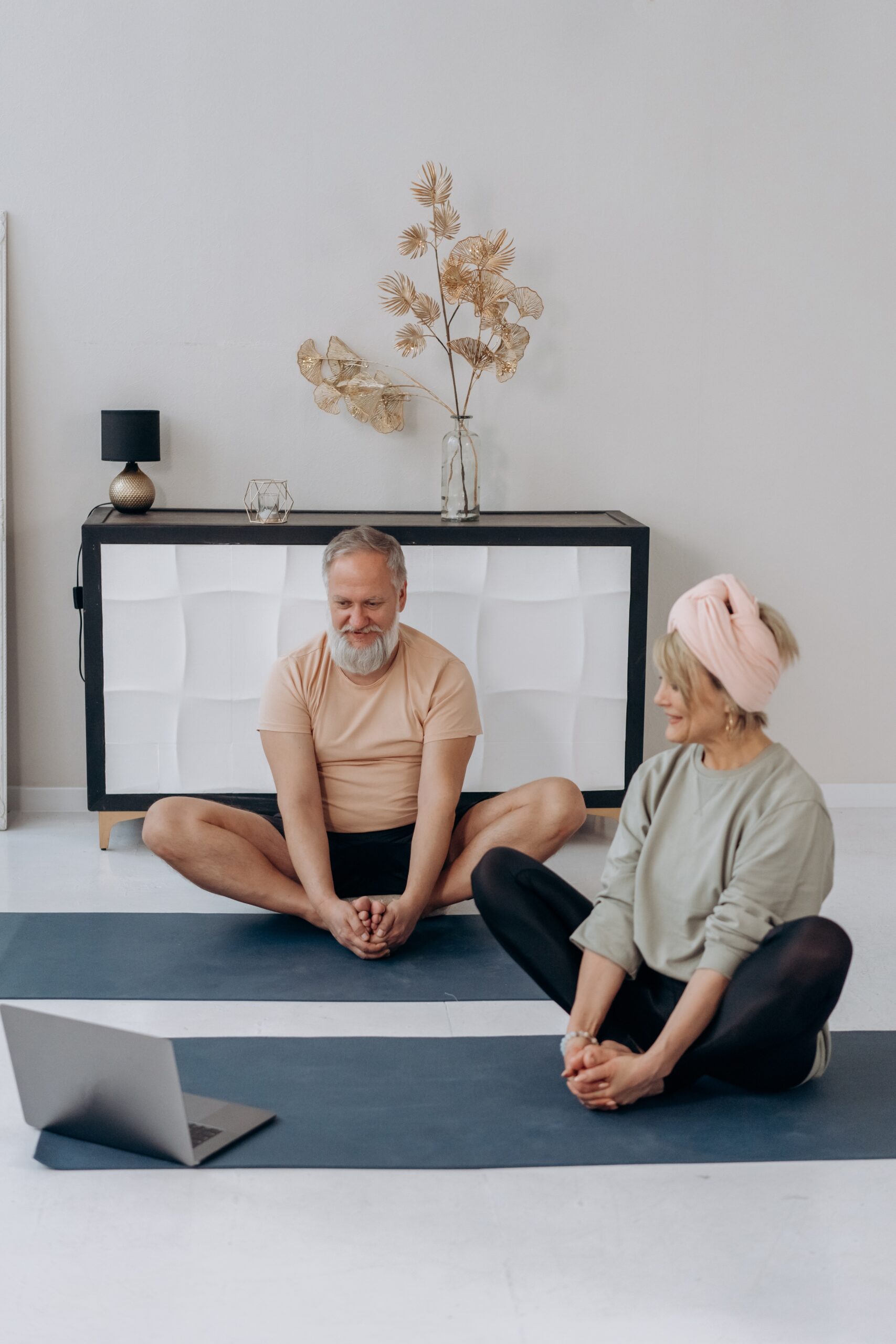The majority of us who grew up in the 1990s are used to seeing men and women dancing and working out while wearing jogging clothing on television. Some even include high-end equipment like workout balls or treadmills. Home exercise has been around for a while, and we must confess, it now has a big impact on our life, especially when the COVID-19 outbreak forced gyms and exercise facilities throughout the world to close.
Nowadays, a lot of individuals purchase a lot of fitness equipment and subscribe to online training routines in the confines of their own homes, people have been looking for methods to maintain their minds and bodies in shape. The establishment of diverse activities like Yoga and meditation in India and Tai Chi in China is believed to be the origin of the earliest home fitness routines, which stretch back as far as 5,000 years.
Home fitness was made feasible by one of humanity’s most intriguing creations, the TV. As time passed and the dangers of obesity became more obvious, home exercise equipment became more widely available. The very first home fitness TV program debuted in 1951 when Jack Lalanne, a fitness expert, began airing an exercise routine with an emphasis on women, particularly housewives. He performed a variety of stretches, bends, and cardiovascular exercises specifically designed for white middle-class ladies.
As was already established, there was a mid-century awareness of obesity. Being lean and athletic was the epitome of beauty. It was popular at the time. To meet these demands, entrepreneurs and developers created a variety of equipment throughout this time. These devices included, among others, vibrating belts, resistance bands, and sauna suits. During this time, personal fitness evolved into a way of life. resulting in a rise in the need for improved exercise routines.
Fitness routine before the Pandemic
Throughout the 2000s, fitness continued to advance. New items of fitness equipment were created that were perfectly fitted to global technology developments. Home workout routines were beginning to gain popularity at this time but were frequently disregarded. Because it was more comfortable, people continued to like going to the gym. plus the gym provided additional tools and staff who could keep track of a person’s development and help those who struggle with lifting weights.
Then the globe was shaken by the epidemic. In 2019, The epidemic prompted the closure of enterprises and other facilities These includes fitness centers like gyms. Despite this, there’s always a bright side to a situation. a development in the use of and demand for fitness-related media, including online app subscriptions and a growth in YouTube fitness videos. In addition to a rise in internet subscriptions, gym equipment purchases also increased dramatically in 2020.and therefor there was a huge demand for elliptical cycle, cardio equipment’s. Sportswear sales increased dramatically as a result of the COVID-19 outbreak. Around this time, weights and other tools like jump ropes and resistance bands.
During this period, the number of fitness-related gadgets and equipment also grew. These gadgets include wireless earbuds, rings, and smartwatches. According to scientists, the COVID-19 epidemic won’t go away anytime soon. What will occur to us in the future is still an unknown to us. end up leaving alone the future of exercise, yet something remains. We need to increase our physical condition during these difficult times, not for fashion, but rather to maintain our health. To discover more about how home fitness was impacted by the epidemic,
Fitness routine after COVID-19
People saw the benefits of home exercises and how much time and effort they could save by forgoing the gym when the notion of doing out at home began to take off and grow from one family to another. They were persuaded by this to keep up their home workouts. As the home workout gained popularity, businesses also made technical investments to create home equipment and carve out a niche for home fitness. The fitness industry revolution has helped people realize that they are individuals who may choose not to have a certain sort of body. This fashion was more tolerant, cozy, and freeing. They have the option to pick their workouts freely and easily in their peaceful environment. In some ways, working from home allowed people to balance their professional and personal lives. yet exercising at home also allowed them to unwind and not worry about doing their workout completed on time.
Jump to 2022, and the industry as a whole has changed. The epidemic has caused a significant change in our inner selves as well as in our beliefs and priorities. The change is evident in the fitness sector and businesses that have adopted a mixed work model or an exclusively work from home policy. People have more free time to look for themselves. There is no turning back now, which is wonderful news for all fitness lovers and people who are still figuring out where they belong into this market The internet is the only means of communication since there are now 3 times as many individuals online than there were previously. Trainers, influencers, and artists have been inspired by this to produce more fitness-related films that offer advice on various postures, diets, and nutrition. The founders have provided instruction for all skill levels and are offering a variety of exercises, yoga, and hacks to encourage individuals to maintain a healthy lifestyle.
Instead of pushing people to come back every day and stressing about it, the change has helped individuals understand fitness better, shatter preconceptions, give exercise a new meaning, and take one step at a time. Undoubtedly beneficial and necessary in the long term, this shift.


